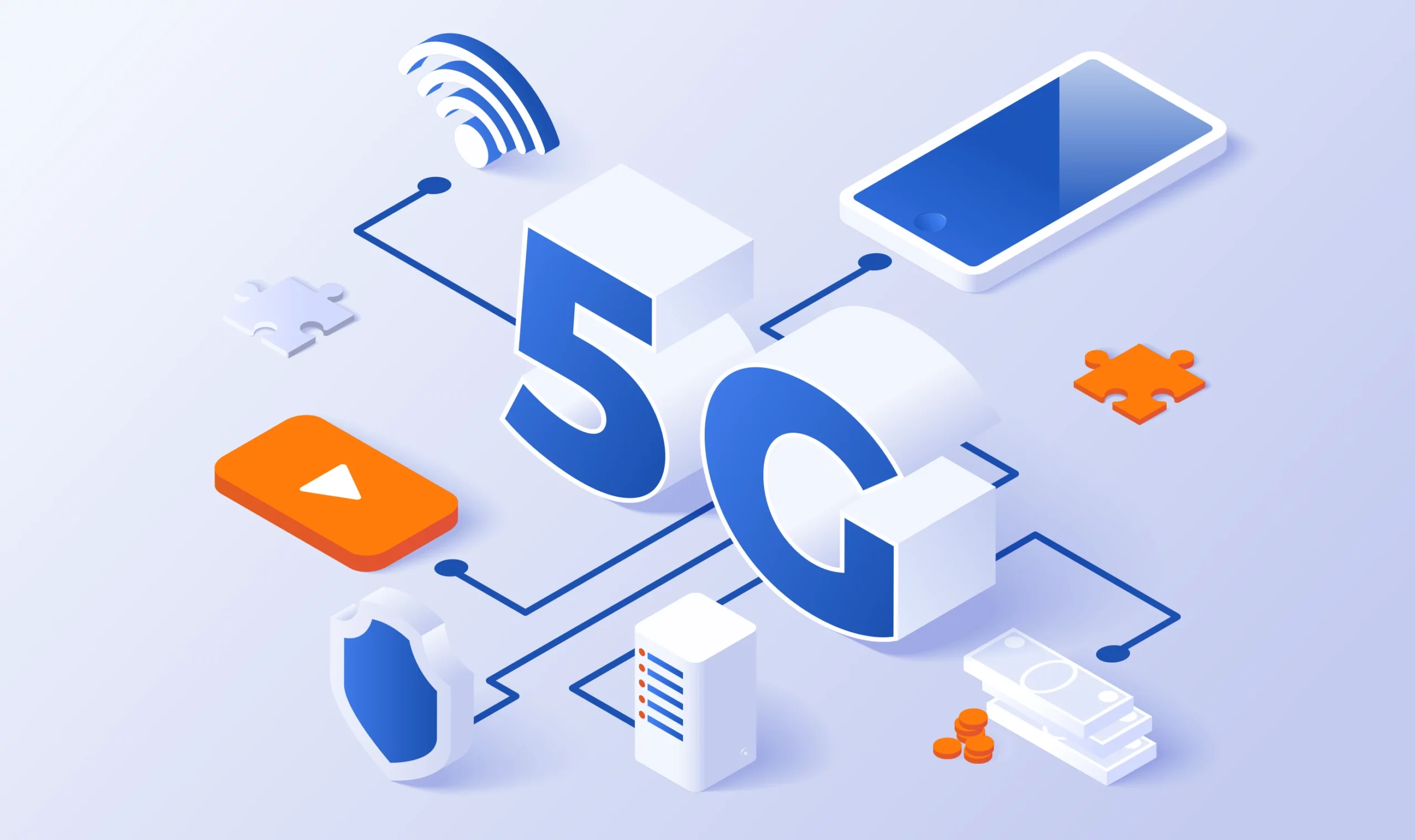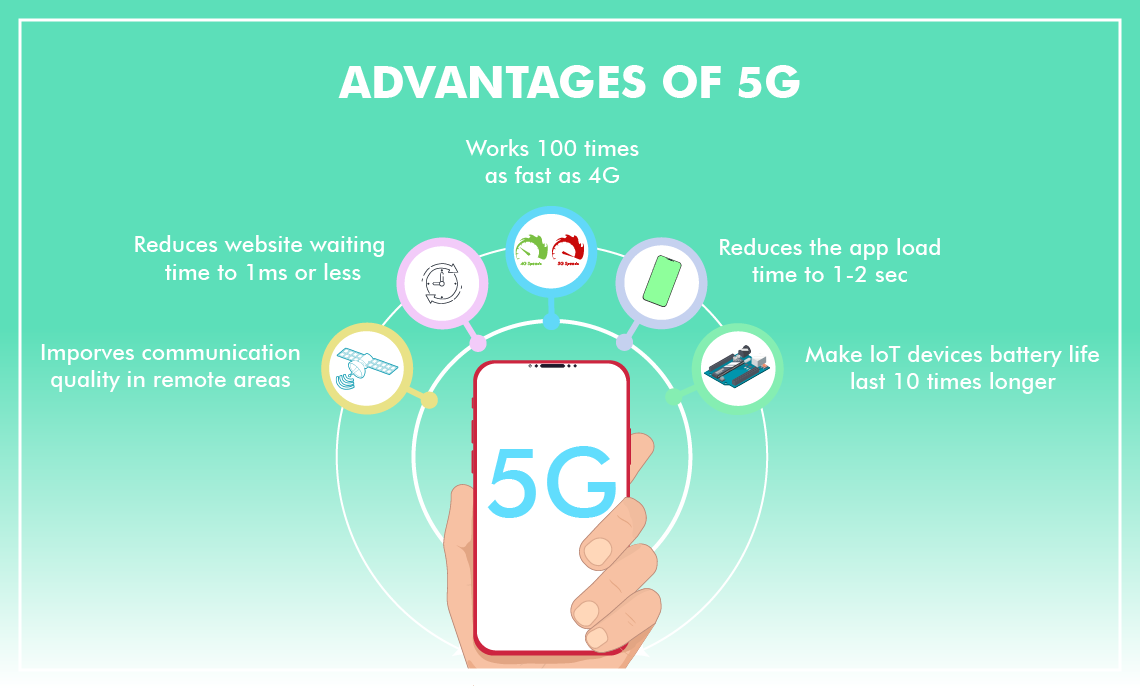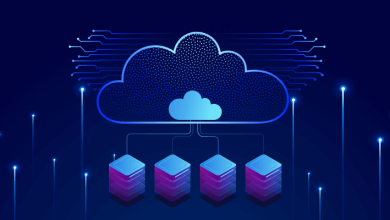What is 5G Technology?

What is 5G Technology?
5G is the fifth generation of mobile network technology, following 4G, and it promises to change the way we connect and communicate. Designed for speed, capacity, and low latency, 5G technology is set to transform industries, improve internet speed, and enable new possibilities in the world of connected devices.
With 5G, users can download movies in seconds, connect multiple devices seamlessly, and enjoy smoother experiences in virtual and augmented reality. It’s not just about faster internet for smartphones; 5G could revolutionize everything from healthcare to manufacturing. Let’s dive into how 5G works, its benefits, and its future potential.
How Does 5G Work?
5G operates by utilizing a broad spectrum of frequencies, including low-band, mid-band, and high-band (millimeter wave) frequencies. Each frequency band has its own advantages:
- Low-Band – This offers wider coverage but lower speeds. It’s ideal for rural areas where network coverage is more important than speed.
- Mid-Band – This band balances speed and coverage. It’s faster than low-band but has a shorter range. Mid-band is often used in urban and suburban areas.
- High-Band (Millimeter Wave) – This band delivers ultra-fast speeds but has a very limited range. It’s excellent for dense areas, like city centers, where many devices need fast connections.
5G relies on a network of small cell towers, especially in densely populated areas. These towers, often installed on buildings and street lamps, ensure strong connections even in high-demand areas. This structure allows 5G to deliver faster speeds and lower latency than 4G.

Key Features of 5G
5G stands out from previous generations due to three main features: speed, latency, and capacity.
- High Speed – 5G can reach speeds up to 10 Gbps, which is about 100 times faster than 4G. This means users can download files, stream videos, and use high-demand applications almost instantly.
- Low Latency – Latency refers to the time it takes for data to travel between devices. With 5G, latency can be as low as 1 millisecond, allowing for near-instantaneous communication. This is critical for real-time applications like gaming and remote surgery.
- Increased Capacity – 5G networks can support more devices simultaneously without sacrificing speed or quality. This makes it perfect for smart cities, IoT devices, and densely populated areas.
Applications of 5G Technology
5G’s high-speed, low-latency network opens up new opportunities across many fields. Here’s how various industries could benefit:
- Healthcare – With 5G, remote medical procedures and telemedicine become more reliable. Doctors could perform surgeries from afar, thanks to real-time video and robotic systems. 5G’s low latency ensures that medical equipment and applications respond quickly, which is crucial in life-saving situations.
- Automotive Industry – 5G plays a vital role in the development of autonomous vehicles. These cars need to exchange data with their surroundings in real-time to navigate safely. With 5G, cars can communicate with each other, traffic signals, and road infrastructure, making roads safer and reducing traffic.
- Smart Cities – 5G enables a more connected urban environment, where sensors, cameras, and other devices collect and share data in real-time. This data helps improve traffic flow, manage waste, and monitor air quality, making cities more efficient and sustainable.
- Manufacturing – Factories can leverage 5G to automate and optimize processes. Robotics, sensors, and other equipment connected via 5G can operate with precision and communicate with each other in real-time. This allows for better quality control and faster production.
- Entertainment – 5G enhances the experiences of virtual and augmented reality, making them more immersive and responsive. Gamers can enjoy faster load times, smoother gameplay, and more realistic VR experiences. Streaming platforms also benefit from faster and more reliable connections.
- Agriculture – In rural areas, 5G can support smart farming solutions. Drones and sensors can monitor crop health, soil moisture, and weather conditions, enabling farmers to make data-driven decisions. This leads to better crop yields and more sustainable farming practices.
Benefits of 5G
5G offers many benefits, including:
- Faster Internet Speeds – One of the most anticipated benefits is the ability to download and upload data at record speeds. This is especially valuable for video streaming, online gaming, and high-definition content.
- Reduced Latency – With 5G’s minimal latency, users experience smoother real-time interactions, essential for applications like VR, online gaming, and remote operations.
- Better Connectivity – 5G can handle more connected devices than previous networks. This is particularly important as the number of IoT devices, such as smart home appliances and wearables, continues to grow.
- Enhanced Business Efficiency – Industries can leverage 5G to automate processes, reduce costs, and improve customer experiences. This can lead to better productivity and efficiency across various sectors.
- Environmental Impact – 5G-enabled technology can help optimize energy use in smart cities, agriculture, and transportation, which could reduce overall carbon footprints.
Challenges Facing 5G
Despite its advantages, 5G has some challenges:
- Infrastructure Costs – 5G requires significant infrastructure investment, including new cell towers and fiber connections. This makes it costly to implement, particularly in rural areas.
- Device Compatibility – Not all devices support 5G, so people may need to upgrade their phones or equipment to access the network. This transition may take time, especially in less developed regions.
- Security Concerns – With more connected devices and faster data transfer, 5G presents new security challenges. A larger network could increase the risk of cyberattacks if proper security measures aren’t in place.
- Health Concerns – Some people are concerned about the potential health risks of 5G radiation. While studies indicate 5G radiation is within safe limits, the long-term effects are still a topic of research.
- Limited Range of High-Frequency Waves – Millimeter-wave frequencies, which deliver the fastest 5G speeds, have a limited range and struggle to penetrate buildings. This requires more cell towers, increasing infrastructure costs.

5G vs. 4G: What’s the Difference?
Compared to 4G, 5G is faster, has lower latency, and can support more devices. While 4G has a maximum speed of around 100 Mbps, 5G can reach speeds up to 10 Gbps. Additionally, 5G’s latency is as low as 1 millisecond, while 4G latency is around 50 milliseconds.
This means that 5G is better suited for applications requiring real-time data transfer, like autonomous driving, telemedicine, and virtual reality. 4G is still highly effective for typical tasks, like browsing the internet and streaming videos, but 5G opens up a new world of possibilities.
Future of 5G Technology
5G is only the beginning. In the coming years, we can expect even more advancements and widespread adoption. Here’s what the future may hold:
- 6G Development – Researchers are already looking into 6G, which could be 100 times faster than 5G. It could enhance the applications enabled by 5G, with more advanced solutions in healthcare, AI, and space exploration.
- Full Smart City Implementation – As 5G becomes widely available, more cities will adopt smart technologies, creating a seamless, interconnected urban environment.
- New Business Models – 5G may enable entirely new business models that rely on real-time data. Industries like logistics, retail, and entertainment will benefit, potentially transforming how we work and live.
- Advancements in AI – 5G can support AI-driven systems by providing real-time data, leading to smarter and more responsive applications in various fields.
- Broader Accessibility – With ongoing infrastructure developments, even rural and remote areas could gain access to 5G, bridging the digital divide.
Final Thoughts
5G technology is not just a faster internet—it’s a powerful tool that can change entire industries and improve daily life. Its speed, low latency, and connectivity open up possibilities for everything from smart cities to remote surgeries. While there are challenges to overcome, the future of 5G looks bright, promising a world that is more connected and efficient than ever before.




